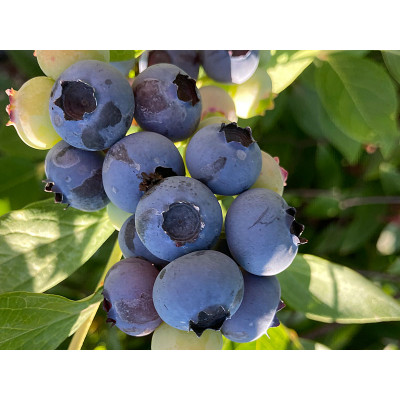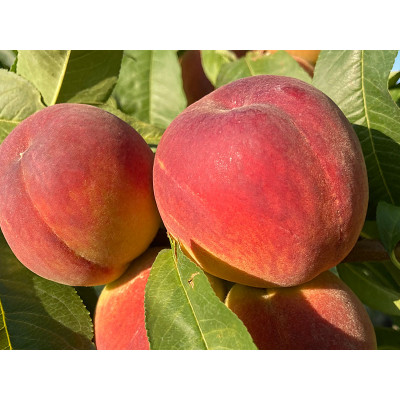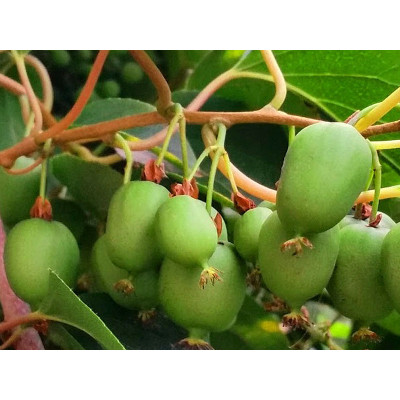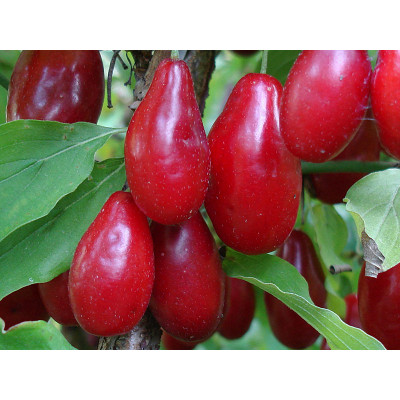Stachelbeere (Grossularia uva-crispa) Pushkinskij

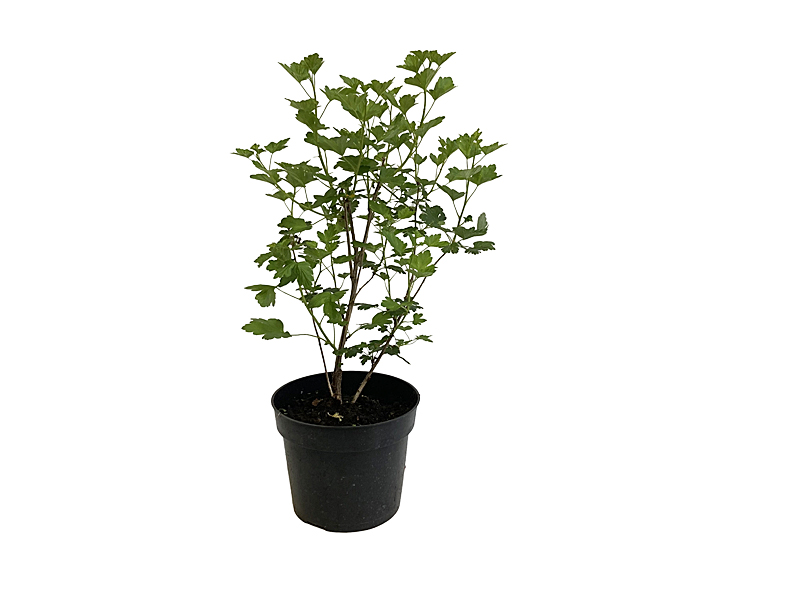
Neu


- Alle Pflanzen, die wir im Angebot haben und die Sie bestellen können, haben wir tatsächlich auf Lager.
- Die Standardlieferzeit beträgt 2-3 Arbeitstage.
- Wir versenden Pakete immer montags, dienstags und mittwochs.
- Nach Absprache können wir Pflanzen auch am Donnerstag oder Freitag versenden (wir versenden normalerweise nicht an diesen Tagen, falls es ein Problem gibt, damit die Pakete nicht unnötig über das Wochenende im Depot liegen).
- Der Versandpreis richtet sich nach dem Gewicht der bestellten Ware (je mehr Produkte, desto günstiger der Preis)
- nachdem Sie die Pflanzen in den Warenkorb gelegt haben, geben Sie im Warenkorb „vorläufigen Versandpreis berechnen“ ein, nach Eingabe der Daten berechnet der eshop den vorläufigen Versandpreis für Sie.
Eine Frage zu diesem Produkt stellen
Stachelbeere (Grossularia uva-crispa) Pushkinskij
| Spezifikationen | |
| Verkaufshöhe | 50cm |
| Topf | C2 |
| Verkaufen als | 2 Jahre alt |
| Reifezeit | Juni/Juli |
Die Standardlieferzeit beträgt 2-3 Werktage.
Wir versenden Waren am Montag, Dienstag, Mittwoch, nach Absprache auch Donnerstag oder Freitag.
Wir versenden Waren am Montag, Dienstag, Mittwoch, nach Absprache auch Donnerstag oder Freitag.
Preise
9,00€
- Verfügbarkeit: Auf Lager
- Model: Grossularia uva-crispa
Die Puschkinsky-Stachelbeere ist ein Vertreter der klassischen grünen Stachelbeere mit dem gewissen Extra. Die mittelgroßen Früchte der klassischen Stachelbeere haben einen saftigen und süßen Geschmack und sind an den einzelnen Zweigen reichlich vorhanden. Wie der Name schon sagt, stammt sie aus Russland, und zwar aus einer Kreuzung von Zielony butelkowy x Pawłowskij zielony. Der Anbauer wird die Qualität der Früchte, ihre Widerstandsfähigkeit gegen starke Fröste, ihre hohe Krankheitsresistenz sowie andere Eigenschaften zu schätzen wissen, wegen derer manche Anbauer keine Stachelbeeren anbauen. Die Früchte sind nämlich nicht behaart und die Stachelbildung am Strauch selbst ist nicht so ausgeprägt, was die Sorte für den anspruchsvollen Anbauer interessanter machen kann. Die Schale ist dünn und kann sich nur bei starkem Wassermangel verdicken. Die Früchte reifen im Juni-Juli.
Der Strauch dieser Stachelbeere ist durch sein kräftiges Wachstum bis zu einer Höhe von 1,5 Metern interessant. Ein gesunder, reifer Strauch zeichnet sich durch eine ausgeprägte Produktion gesunder Früchte aus, die der Stachelbeerliebhaber auf vielfältige Weise nutzen kann. In diesem Fall kann die Produktion mehr als 7 Kilogramm pro Strauch erreichen. Ein einziger Strauch reicht aus, um in den Genuss des Anbaus und der Früchte zu kommen, da es sich um eine selbstbestäubende Pflanze handelt. Um einen noch höheren Ertrag zu erzielen, empfiehlt es sich, zwei Sträucher zu pflanzen. Der Abstand sollte mindestens 1,5 m betragen. Der ideale Boden hat einen pH-Wert von etwa 6, ist gut durchlässig und nahrhaft. Alte Zweige können im zeitigen Frühjahr oder nach der Ernte entfernt werden, um Licht zu erhalten.


